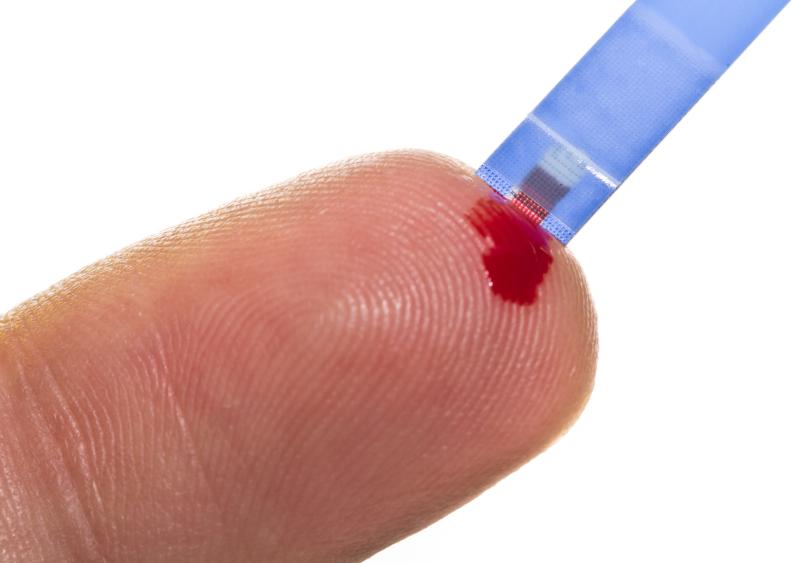
Patients with high triglyceride (TG)/high-density lipoprotein cholesterol (HDL-C) ratio at baseline are at increased risk of developing type 2 diabetes (T2D), according to a study.
The analysis included 8,655 individuals aged 40–69 years without diabetes at enrolment who were grouped into quartiles of TG/HDL-C ratio: ≤2.0 (quartile 1; n=2,167), 2.1–3.0 (quartile 2; n=2,158), 3.1–4.5 (quartile 3; n=2,167) and ≥4.6 (quartile 4; n=2,163).
A total of 1,437 individuals (16.6 percent) developed T2D over 12 years of follow-up. The number of incident T2D cases per 2 years ranged between 2.8 percent and 5.0 percent. New-onset T2D was defined by any of the following: fasting plasma glucose level ≥126 mg/dL, glucose level ≥200 mg/dL 2-hours after a 75-g oral glucose tolerance test, HbA1c ≥6.5 percent, or glucose-lowering therapy.
In a multivariable Cox proportional hazards regression model, TG/HDL-C ratio showed a dose-response association with the risk of future T2D development. The hazard ratios of T2D relative to the reference TG/HDL-C quartile (Q1) were 1.34 (95 percent confidence interval [CI], 1.12–1.61) in Q2, 1.84 (95 percent CI, 1.55–2.20) in Q3 and 2.54 (95 percent CI, 2.14–3.02) in Q4.
The findings underscore a high TG/HDL-C ratio at baseline as a useful predictor of future incident T2D that is independent of other associated variables (such as insulin resistance), researchers said.